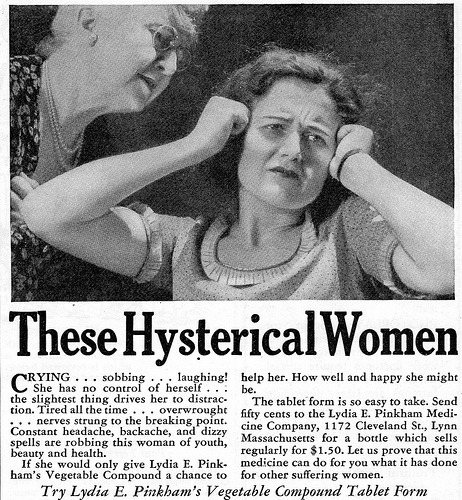320 Years of History
Gold Member
For several hundred years many hurricanes in the West Indies were named after the particular saint's day on which the hurricane occurred. For example, there was Hurricane Santa Ana which struck Puerto Rico with exceptional violence on July 26, 1825, and San Felipe (the first) and San Felipe (the second) which hit Puerto Rico on September 13 in both 1876 and 1928.
Clement Wragge, Director of the Queensland state meteorological department at the end of the 19th century, is credited with being the first person to systematically name storms after real people. The idea never really caught on. But it was revived in the 1940s by the American Weather Bureau when short-wave radio came into general use for the transmission of weather forecasts and warnings to shipping and aviation. Giving hurricanes nicknames was a very simple and quick way of identifying a particular storm from one day to the next. In 1953 the National Weather Service began using female names for storms.
For many years hurricanes and other tropical storms bore only girls' names. In that era when political correctness had never been heard of, the exclusively male meteorological community in the USA considered female names appropriate for such unpredictable and dangerous phenomena. In the 1970s the growing numbers of female meteorologists began object to such a sexist practice, and from 1978 onwards girls' and boys' names alternated.
What do you think re: the following:
Clement Wragge, Director of the Queensland state meteorological department at the end of the 19th century, is credited with being the first person to systematically name storms after real people. The idea never really caught on. But it was revived in the 1940s by the American Weather Bureau when short-wave radio came into general use for the transmission of weather forecasts and warnings to shipping and aviation. Giving hurricanes nicknames was a very simple and quick way of identifying a particular storm from one day to the next. In 1953 the National Weather Service began using female names for storms.
For many years hurricanes and other tropical storms bore only girls' names. In that era when political correctness had never been heard of, the exclusively male meteorological community in the USA considered female names appropriate for such unpredictable and dangerous phenomena. In the 1970s the growing numbers of female meteorologists began object to such a sexist practice, and from 1978 onwards girls' and boys' names alternated.
What do you think re: the following:
- Was it sexist in both intent and practice to assign only female names to hurricanes?
- Did the practice of giving hurricanes male names as well as female names in some way -- great or small -- help mitigate sexism's perpetuation in the U.S?
- What's in a name? Are individuals any more or less well called or hearkened by dint of their name? Is one's character different by dint of their name?
- What makes a name be a male or female name? (Scottie Hughes; Stevie Nicks; Evelyn Waugh; Glenn Close; Carroll O'Connor; Sean Young) What about folks whose given name is a family surname? (Anderson Cooper; Cooper Anderson) Gender/sex has nothing to do with their given name.
